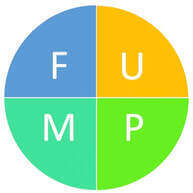Part of the second component of SIOP, Building Background, is working with vocabulary. Calling attention to the lesson’s key terminology is important for not just English learners but for all students who struggle with academic vocabulary. Explicitly working with vocabulary at the beginning of a lesson is an effective way of getting students to focus on language as well as content during the lesson.


Beginning the lesson by highlighting key terms that students need to know sets the tone for the class and helps students focus their attention on vocabulary. There are a number of ways that teachers can help students interact with key aspects of language from the start of the lesson. Teachers need to introduce students to four aspects of vocabulary in order to lead them towards ownership. The four components of vocabulary are:
Of these four aspects of vocabulary, most teachers spend the majority of their time on form (think spelling tests) and meaning (think definitions). Little time is spent on usage and pronunciation. The latter are critical to building confidence and competence, especially for English learners.
TESOL Trainers' approach to vocabulary acquisition will transform the way your teachers and students work with vocabulary.

There are four benefits to working with key vocabulary at the start of a lesson.
TESOL Trainers provides one day and multiple day professional development on vocabulary acquisition. We offer traditional professional development and remote teacher training workshops. Here are some highlights:
Click the button below to claim your free ebook and join our mailing list.